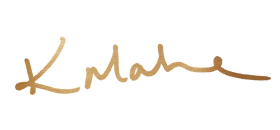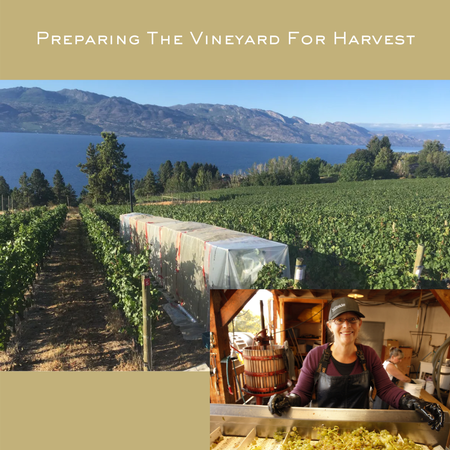Now what is happening in the vineyard?
(are we there yet???!!!)
The vines right now are in a lag phase when they soak up sunlight and slowly create the precursor substances that will contribute to ripening. Not much change is evident until veraison occurs. This is when the berry starts to change colour, soften and sweeten, and things speed up considerably.
Through photosynthesis, the vines now create sugar which is stored in the berries. We test the progress by measuring the brix, or percent sugar. With consistently warm, sunny days, the sugar can increase by as much as 3 percent— “3 degrees brix” in the lingo—per week.
So veraison signals the start of our countdown-to-harvest. Average start date for veraison is August 14th (tomorrow). Typically the fruit will be ready to pick in 4 to 6 weeks post-veraison. Once the berries start to taste sweet, we will sample every week or so. I try to take a representative sample of each vineyard block, sampling about 8 clusters diagonally across the rows. The clusters are weighed to track average bunch weight, then hand de-stemmed and
“crushed” with a potato masher. The juice is strained and tested for brix and total acidity.
As grapes ripen, the total acidity decreases. This process is sped up by warm summer nights. This is where things get tricky–if too warm, the acid drops out, flavour is compromised and the fruit is less protected from microbial spoilage. If too cool, not enough acid drops out and it is difficult to achieve balance in the juice/wine.
Meanwhile, the vineyard managers are paying close attention to the health of the vines, using irrigation judiciously to coax the vines to slow growth down, the shoot, or cane to harden (the shoots should now have brown bark) and fruit to ripen while not stressing the plant. We hope each year to harvest with enough time to allow the plant to shut down—transfer adequate carbohydrate to storage in the roots to fuel bud-break next spring.
Red grapes require additional hang-time to ensure tannin ripening—a progression from bitterness through astringence to structure. Conditions must be just right to achieve tannin ripeness without accumulating too much sugar—resulting in excessive alcohol.
Once the brix and total acidity are in the desired range, the actual picking date is determined by taste, of both the grapes and the juice, and my low-carb regime goes out the window! Flavour and tannin development are assessed by taste. Most varieties taste quite different on the vine than as wine, so it helps to have experience with each vineyard block. A rare few—notably Muscat Ottonel—taste just like the wine, so the picking decision doesn’t feel as much like a leap of faith!
Muscat is usually our first variety to be picked, and we celebrate the start of harvest by bringing the entire staff to the crush pad and toasting with a glass of the previous year’s Muscat then anointing the press with the rest of the bottle before we start to fill it with this year’s Muscat grapes.
Picking proceeds as blocks ripen and the crews are scheduled, always with an eye on the weather and the health of fruit and vine.
Some six weeks later, we celebrate the end of harvest when we pick the last block of red grapes—usually cabernet sauvignon. By this time the cellar is full and the “inside” work is proceeding in earnest–but more about that next time…

